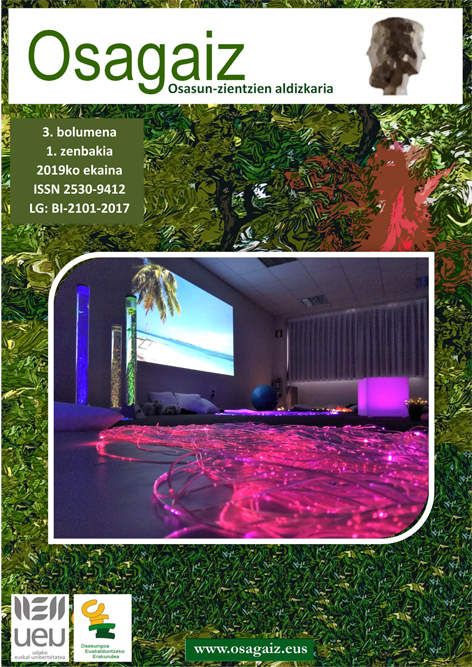Laburpena
Azken urteetan gertatu den genomen ikerketarako teknologien garapen ikaragarriak zientzialariek genoma, transkriptoma eta proteomaren inguruan zuten ikuspegia errotik aldatzea eragin du. DNAren eta RNAren sekuentziazio masiboei esker, ordura arte “DNA zabor” bezala ezagututako guneetatik transkribatutako proteinarik kodetzen ez duten milaka RNA ez-kodetzaile (ncRNA) detektatu dira, genomen inguruko ikuspegi proteozentrikoa alboratuz eta RNA ez-kodetzaileak, bereziki luzeak (long non-coding RNA, lncRNA), ikertzaileen fokuan jarriz. Era berean, azken ikerketek geneen adierazpenerako ezinbestekoak diren transkripzio- eta itzulpen-prozesuen erregulazioak duen garrantzia ere agerian jarri dute. Erregulazio-mekanismo nagusietako bat DNAn, RNAn eta proteinetan aurkitu diren marka biokimiko itzulgarriek osatzen dute; eta horien ikerketak epigenomika, epitranskriptomika eta epiproteomika izeneko biologiaren atal berrien sorrera ekarri du. Hala ere, ikerketa gehienak epigenoma eta epiproteomaren inguruan egin direnez, marka horien ezarpenak RNAn duen eraginak ezezaguna izaten jarraitzen du. Emaitza hauek tarteko, zalantzarik gabe RNAren biologiaren esparruan galdera asko dago oraindik erantzuteko. Hori dela-eta, berrikuspen honetan aipatutako RNAren biologiaren bi esparru berrietan fokuratu gara, horien inguruan ezaguna dena jasoz eta giza gaixotasunekin, zehazki leuzemia mieloide akutuarekin (Acute myeloid leukemia-AML), duten harremana laburbilduz. Oraindik alor ezezagunak izanik, ikertzaileek tamaina eta konplexutasun handiko erronka dute aurrean RNAren biologiaren mundu ilun hau argitu ahal izateko eta emaitza hauek arlo klinikora bideratzeko.

